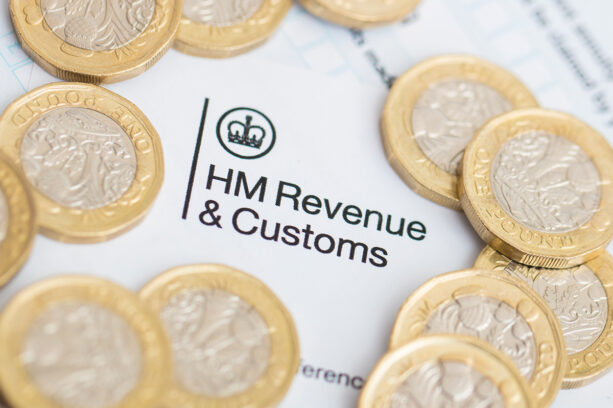This article is taken from our autumn 2019 edition of Equinox. You can view the full version here.
When crusaders hoisted their spears and swords to forge war on their enemies in the 12th century, what happened to the land and properties they left behind? Many chose to leave it in the safe hands of their friends and family, trusting them to protect their home and property for them and their heirs. However, when they returned, some found that those so-called friends and family had taken the properties for themselves – they had betrayed their trust.
Thankfully for the crusaders, the courts stepped in and ordered that the properties be returned. The temporary owners were only supposed to be guardians or ‘trustees’ after all.
With that, the concept of a trust was born, and nine centuries later there are many types of trusts for many purposes. These days, whilst we don’t have too many crusaders setting up trusts at Equilibrium, we do have a number of clients who use them as part of inheritance tax and intergenerational planning strategies.
The process of setting up a trust still works largely the same way as it did in the 12th century. There are “three certainties” required for a trust to be valid which are: the intent to create one; the subject matter (that is, the property or asset itself); and the object (who is going to benefit). If you have these three posts covered, then you have a trust. These certainties should be outlined in a trust deed and, whilst costs will vary depending on the solicitor or specialist you choose, our research indicates that it costs on average around £750 plus VAT and legal fees.
Sadly, for any crusaders out there, one fundamental difference in 21st century trust planning is that, once in a trust, they cannot take ownership of their property back. Retaining a claim on the property or asset placed into trust would be a reservation of benefit, so affordability is a key factor in trust planning.
So, if you don’t get to keep the property, then who does? The decision of which beneficiaries get what and when lies with the trustees. An individual creating a trust (known as the settlor) can name themselves as a trustee to retain some control, they can also create an ‘expression of wishes’ to guide any other trustees as a trust can continue beyond their death. Beneficiaries can be named individually, or can be a class, for example children, grandchildren and remoter issue (your grandchildren’s children). Naming a class of beneficiary provides greater flexibility and in some cases protection of the assets from, for example, divorce, as there is no named beneficiary with an entitlement to the trust assets.
The inheritance tax rules are not always simple, but tax planning can be relatively straightforward:
- Keep the level of gifts to a discretionary trust within £325,000 per settlor (the nil-rate band) within a seven-year period and you will not be subject to the 20% entry charge.
- From day one, any growth in the value of the gift does not count towards your estate. The original value will fall out of your estate seven years after you initially make the gift.
Whilst tax charges can apply throughout the life of a trust (and are dependent on individual circumstances of the settlor, trustees and the beneficiaries), a simple trust strategy like this using tax allowances and rates in 2019 could save up to £260,000 in inheritance tax after seven years if made by a married couple using their combined nil rate band of £650,000.
What’s more, a discretionary trust can last for up to 125 years, meaning you are creating a legacy for your children, their children and beyond. As an experiment, at one of our recent inheritance tax seminars we asked attendees to stand if they could remember their parents’ first and middle names and then their grandparents’. No one was standing by the time we got to great grandparents, but they all agreed they might have remembered if their great grandparents had paid for their education or helped them onto the property ladder.
Much like the legacy given to us by the crusaders, a modern-day discretionary trust invested over the long term, taking advantage of the potential for compound growth, can be capable of life-changing results for future generations of your family.




